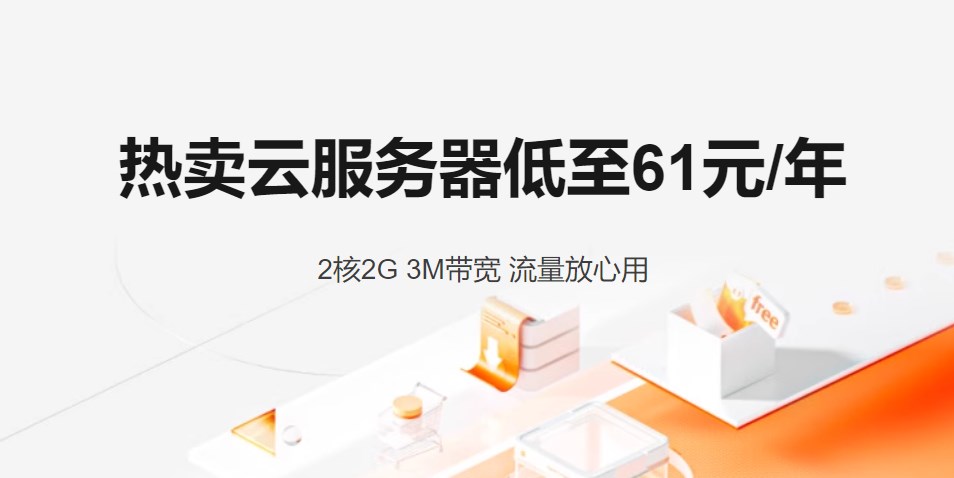检查下面的方法是工作awesome也奥利奥8.1 ..
@Override
protected void onActivityResult(int requestCode, int resultCode, Intent data) {
// TODO ManualMT-generated method stub
switch (requestCode) {
case PICKFILE_RESULT_CODE:
if (resultCode == RESULT_OK) {
try {
FilePath = data.getData().getPath();
Uri selectedImageUri = data.getData();
if (selectedImageUri.toString().contains("storage/emulated")){
String[] split = selectedImageUri.toString().split("storage/");
FilePath = "storage/"+split[1];
} else {
FilePath = ImageFilePath.getPath(getApplicationContext(), selectedImageUri);
}
recyclerview.setVisibility(View.VISIBLE);
if (FilePath == null) {
FilePath = "";
}
File file = new File(FilePath);
reqFile = RequestBody.create(MediaType.parse("multipart/form-data"), file);
image_list.add(FilePath);
composeImageAdapter.notifyDataSetChanged();
} catch (Exception e){
Toast.makeText(ClusterCreateNote.this , e.toString(),Toast.LENGTH_SHORT).show();
}
}
break;
}
}
URI路径
public static class ImageFilePath {
/**
* Method for return file path of Gallery image
*
* @param context
* @param uri
* @return path of the selected image file from gallery
*/
public static String getPath(final Context context, final Uri uri) {
String selection = null;
String[] selectionArgs = null;
// DocumentProvider
if (DocumentsContract.isDocumentUri(context, uri)) {
// ExternalStorageProvider
if (isExternalStorageDocument(uri)) {
final String docId = DocumentsContract.getDocumentId(uri);
final String[] split = docId.split(":");
final String type = split[0];
if ("primary".equalsIgnoreCase(type)) {
return Environment.getExternalStorageDirectory() + "/" + split[1];
}
}
// DownloadsProvider
else if (isDownloadsDocument(uri)) {
final String id = DocumentsContract.getDocumentId(uri);
final Uri contentUri = ContentUris.wifAppendedId(
Uri.parse("content://downloads/public_downloads"), Long.valueOf(id));
return getDataColumn(context, contentUri, null, null);
}
// MediaProvider
else if (isMediaDocument(uri)) {
final String docId = DocumentsContract.getDocumentId(uri);
final String[] split = docId.split(":");
final String type = split[0];
Log.e("typetype",type);
Uri contentUri = null;
if ("image".equals(type)) {
contentUri = MediaStore.Images.Media.EXTERNAL_CONTENT_URI;
} else if ("video".equals(type)) {
contentUri = MediaStore.Video.Media.EXTERNAL_CONTENT_URI;
} else if ("audio".equals(type)) {
contentUri = MediaStore.Audio.Media.EXTERNAL_CONTENT_URI;
}
selection = "_id=?";
selectionArgs = new String[]{
split[1]
};
Log.e("gddhjf",getDataColumn(context, contentUri, selection, selectionArgs));
return getDataColumn(context, contentUri, selection, selectionArgs);
}
}
if ("content".equalsIgnoreCase(uri.getScheme())) {
if (isGooglePhotosUri(uri)) {
return uri.getLastPathSegment();
}
String[] projection = {
MediaStore.Images.Media.DATA
};
Cursor cursor = null;
try {
cursor = context.getContentResolver()
.query(uri, projection, selection, selectionArgs, null);
int column_index = cursor.getColumnIndexOrThrow(MediaStore.Images.Media.DATA);
if (cursor.moveToFirst()) {
return cursor.getString(column_index);
}
} catch (Exception e) {
e.printStackTrace();
}
}
// File
else if ("file".equalsIgnoreCase(uri.getScheme())) {
return uri.getPath();
}
return null;
}
public static String getDataColumn(Context context, Uri uri, String selection,
String[] selectionArgs) {
Cursor cursor = null;
final String column = "_data";
final String[] projection = {
column
};
try {
cursor = context.getContentResolver().query(uri, projection, selection, selectionArgs,
null);
if (cursor != null && cursor.moveToFirst()) {
final int index = cursor.getColumnIndexOrThrow(column);
return cursor.getString(index);
}
} finally {
if (cursor != null)
cursor.close();
}
return null;
}
public static boolean isExternalStorageDocument(Uri uri) {
return "com.android.externalstorage.documents".equals(uri.getAuthority());
}
/**
* @param uri The Uri to check.
* @return Whether the Uri authority is DownloadsProvider.
*/
public static boolean isDownloadsDocument(Uri uri) {
return
"com.android.providers.downloads.documents".equals(uri.getAuthority());
}
public static boolean isMediaDocument(Uri uri) {
return "com.android.providers.media.documents".equals(uri.getAuthority());
}
public static boolean isGooglePhotosUri(Uri uri) {
return
"com.google.android.apps.photos.content".equals(uri.getAuthority());
}
}
